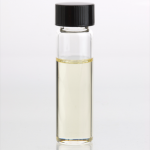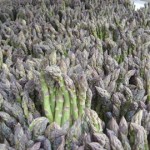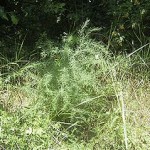by Catherine Haug, April 30, 2014 (Photo, right, by K. Mansfield)
I’m sure you’ve heard of MRSA (Methicillin-resistant Staphylococcus aureus), the bacteria that is not easily controlled by antibiotics, and is responsible for several difficult-to-treat infections in humans, that likely lead to death of the patient. At least 23,000 of them die as a direct result of those infections (1).
Environmental and health scientists believe that raising livestock in CAFOs, and on feed laced with antibiotics, is responsible for this deadly bacteria. And, in fact, could be creating other antibiotic resistant bacteria as I write this. (3)
What can you do to protect yourself and your family? You’ve heard me rant about this before on this site, so I’ll keep it simple: (more…)






